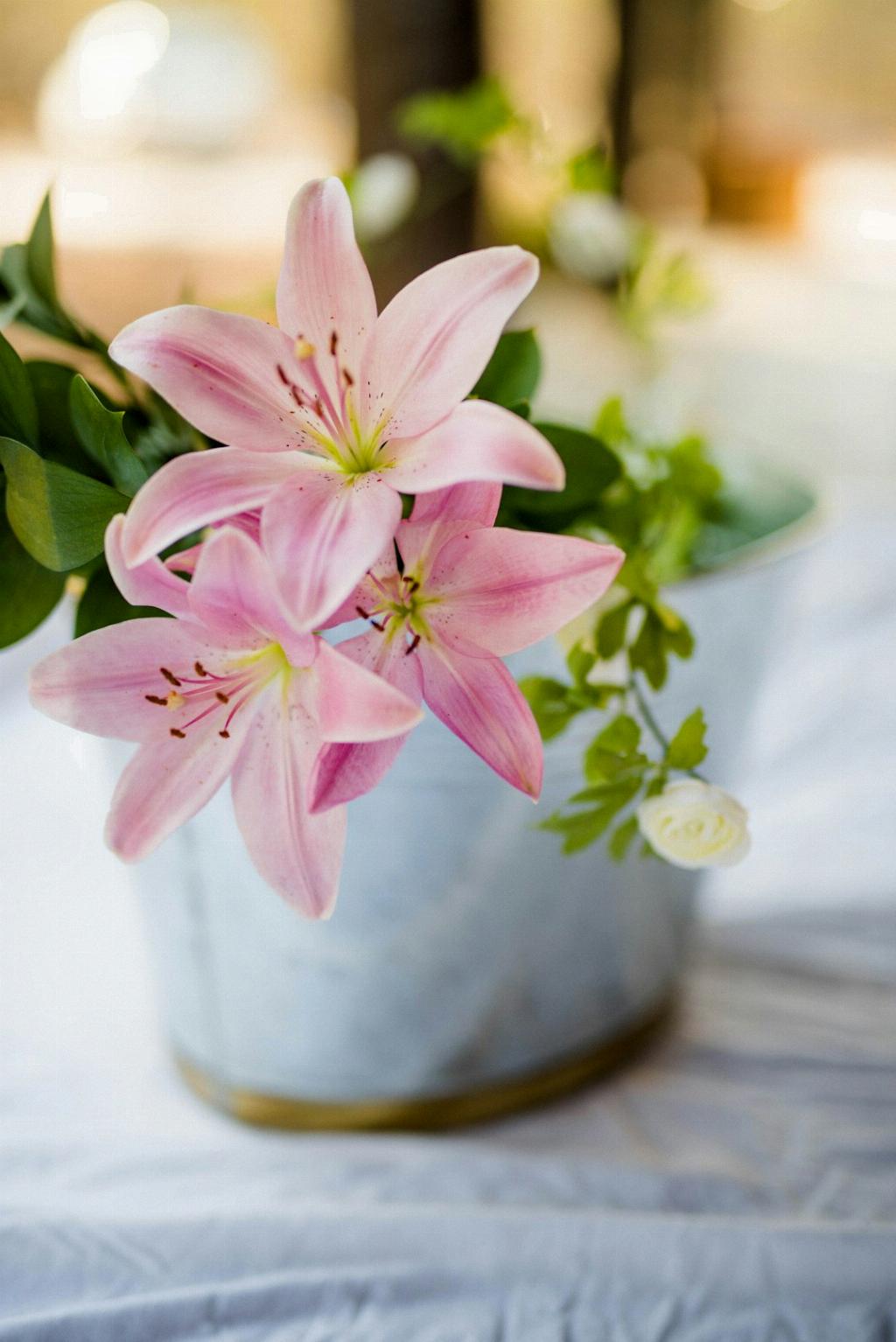Peace lilies are renowned for their elegant, white flowers and lush, green leaves, making them a popular choice for indoor plants. To ensure your peace lily thrives, it’s essential to provide it with the right care and attention. Here are some tips on how to take care of your peace lily plant:
1. Light
Peace lilies prefer bright, indirect light, but they can also tolerate low light conditions. Avoid exposing them to direct sunlight, as this can scorch their leaves. Placing your peace lily near a window where it can receive filtered light is ideal.
2. Watering
Water your peace lily regularly, keeping the soil evenly moist but not waterlogged. Allow the top inch of soil to dry out before watering again. Overwatering can lead to root rot, so it’s crucial to strike the right balance.
3. Humidity
Peace lilies thrive in high humidity environments. To increase humidity levels around your plant, you can mist its leaves with water or place a tray of water near the plant. This will help prevent the tips of the leaves from turning brown.
4. Fertilization
During the growing season in spring and summer, feed your peace lily with a balanced liquid houseplant fertilizer every two weeks. This will provide the plant with the necessary nutrients to support healthy growth and blooming.
5. Temperature
Peace lilies prefer temperatures between 65-80°F (18-27°C). Avoid placing them in drafty areas or near heating or cooling vents, as this can cause temperature fluctuations that may harm the plant.
6. Repotting
Repot your peace lily when it has outgrown its current container, typically every 2-3 years. Use a well-draining potting mix and choose a pot that is slightly larger than the current one to allow room for the roots to grow.
7. Pruning
Trim off any yellow or dead leaves to keep your peace lily looking its best. You can also remove spent blooms by cutting them off at the base of the stem to encourage new flower growth.
8. Cleaning
Dust or wipe the leaves of your peace lily regularly to help the plant better absorb light for photosynthesis. Clean leaves also prevent pests from taking hold and keep the plant looking vibrant and healthy.
9. Troubleshooting
If your peace lily leaves start to turn yellow, it could be a sign of overwatering or underwatering. Adjust your watering routine accordingly and ensure the plant is not sitting in water. Brown tips on the leaves may indicate low humidity levels.
10. Pests
Keep an eye out for common pests like spider mites and mealybugs, which can infest peace lilies. If you notice any pests, gently wipe the leaves with a damp cloth or treat the plant with insecticidal soap to eliminate them.
11. Propagation
Peace lilies can be propagated by division. When repotting your plant, you can carefully divide the root ball into smaller sections, each with a few stems and roots, to create new plants. Be sure to keep the divisions well-watered until they establish roots.
12. Conclusion
By following these care tips, you can ensure your peace lily thrives and continues to grace your indoor space with its beauty. With the right combination of light, water, humidity, and fertilization, your peace lily will reward you with lush foliage and stunning blooms for years to come.

